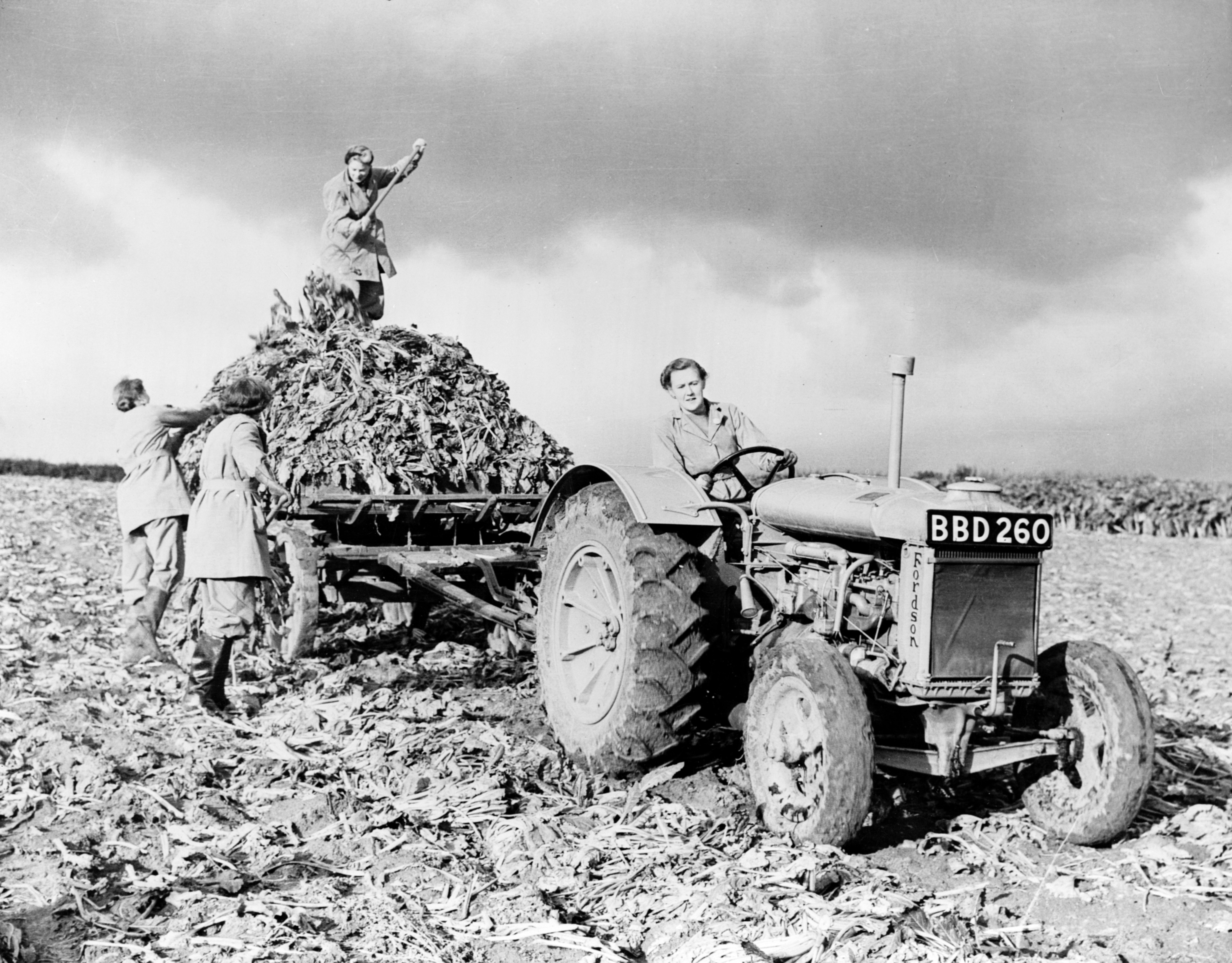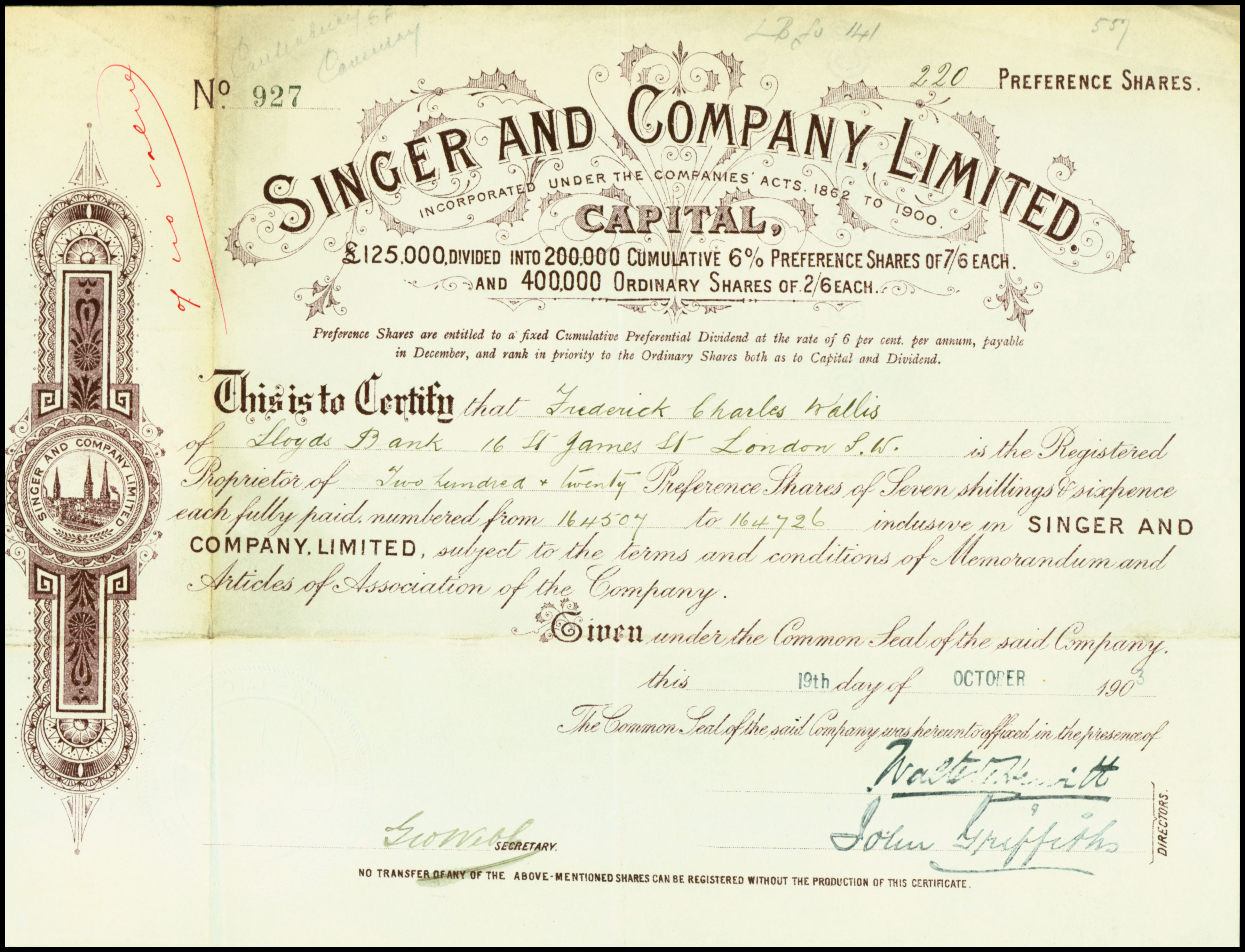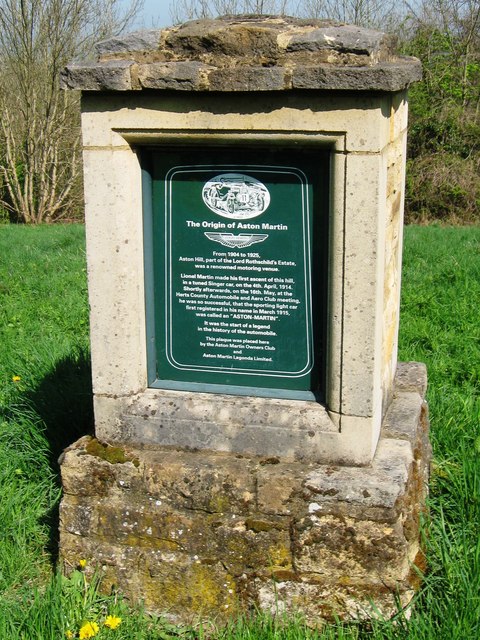|
Ford Model Y
The Ford Model Y is an automobile that was produced by Ford Britain, Ford SAF and Ford Germany from 1932 to 1937. It was the first Ford automobile specifically designed for markets outside the United States, replacing the Model A in Europe. Production locations It was in production in England, where it is sometimes remembered as the "Ford Eight", reflecting its fiscal horsepower rating, from 1932 until September 1937, The car was also produced in France (where it was known as the Ford 6 CV, despite actually falling within the 5CV French car tax band) from 1932 to 1934, and in Germany as the Ford Köln from 1933 to 1936. Smaller numbers were assembled in Australia (where a coupé version was also produced), Japan, Latvia (branded as the Ford Junior) and in Spain nicknamed as the Ford Forito. Plans to build it in the U.S. were scrubbed when a cost accounting showed that it would only be slightly cheaper to build than the Ford Model B. The car The car was powered by a 8 ( ... [...More Info...] [...Related Items...] OR: [Wikipedia] [Google] [Baidu] |
Ford Of Britain
Ford of Britain (officially Ford Motor Company Limited)The Ford 'companies' or corporate entities referred to in this article are: * Ford Motor Company, Dearborn, Michigan, USA, incorporated 16 June 1903 * Ford Motor Company Limited, incorporated 7 December 1928. Current (May 2010) registered office at Eagle Way, Brentwood, Essex, CM13 3BW, manufacturer and seller of motor vehicles and parts * Ford Motor Company (England) Limited, incorporated in 1909, ''purchased by Ford Motor Company Limited December 1928'' * Henry Ford and Son, Dearborn, Michigan, November 1915, incorporated 8 October 1917 * Henry Ford and Son Limited, Cork incorporated 17 April 1917, ''purchased by Ford Motor Company Limited December'' 1928 Holding company for Ford's European and Egyptian businesses and in addition Lincoln Cars Limited, London, and Henry Ford and Son, Cork: * Société d'Investissements Ford, Luxembourg, was liquidated during 1939 and its assets transferred to: * Ford Investment Company Lim ... [...More Info...] [...Related Items...] OR: [Wikipedia] [Google] [Baidu] |
1932 Ford
The term 1932 Ford may refer to three models of automobile produced by Ford Motors between 1932 and 1934: the Model B, the Model 18, and the Model 40. These succeeded the Model A. The Model B had an updated four cylinder and was available from 1932 to 1934. The V8 was available in the Model 18 in 1932, and in the Model 40 in 1933 & 1934. The 18 was the first Ford fitted with the flathead V-8. The company also replaced the Model AA truck with the Model BB, available with either the four- or eight-cylinder engine. The three car models were replaced by the streamlined Model 48 in 1935. Technical Rather than just updating the Model A, Ford launched a completely new vehicle for 1932. The V8 was marketed as the Model 18 in its initial year, but was commonly known as the Ford V‑8. It had the new flathead V8 engine. The Model 18 was the first low-priced, mass-marketed car to have a V8 engine, an important milestone in the American automotive ... [...More Info...] [...Related Items...] OR: [Wikipedia] [Google] [Baidu] |
Singer (car)
Singer Motors Limited was a British motor vehicle manufacturing business, originally a bicycle manufacturer founded as Singer & Co by George Singer, in 1874 in Coventry, England. Singer & Co's bicycle manufacture continued. From 1901 George Singer's Singer Motor Co made cars and commercial vehicles. Singer Motor Co was the first motor manufacturer to make a small economy car that was a replica of a large car, showing a small car was a practical proposition.Anne Pimlott Baker, ''Bullock, William Edward (1877–1968)'', Oxford Dictionary of National Biography, Oxford University Press, 2004 It was much more sturdily built than otherwise similar cyclecars. With its four-cylinder ten horsepower engine the Singer Ten was launched at the 1912 Cycle and Motor Cycle Show at Olympia. William Rootes, a Singer apprentice at the time of its development and consummate car-salesman, contracted to buy 50, the entire first year's supply. It became a best-seller. Ultimately, Singer's busines ... [...More Info...] [...Related Items...] OR: [Wikipedia] [Google] [Baidu] |
Austin Motor Company
The Austin Motor Company Limited was an English manufacturer of motor vehicles, founded in 1905 by Herbert Austin in Longbridge. In 1952 it was merged with Morris Motors Limited in the new holding company British Motor Corporation (BMC) Limited, keeping its separate identity. The marque Austin was used until 1987. The trademark is currently owned by the Chinese firm SAIC Motor, after being transferred from bankrupt subsidiary Nanjing Automotive which had acquired it with MG Rover Group in July 2005. History 1905–1918: Formation and development While running the original Wolseley business, which had a highly cyclical sales pattern, Herbert Austin searched for products with a steady demand. Starting in 1895, he built three cars in his free time. They were among Britain's first cars. The third car, a four-wheeler, was completed in 1899. By 1901 his fellow directors could not see future profit in motor vehicles and so with their blessing and the backing of the Vickers bro ... [...More Info...] [...Related Items...] OR: [Wikipedia] [Google] [Baidu] |
Ford Van Declared Manufactured 1933 First Registered UK January 1998 997cc
Ford commonly refers to: * Ford Motor Company, an automobile manufacturer founded by Henry Ford * Ford (crossing), a shallow crossing on a river Ford may also refer to: Ford Motor Company * Henry Ford, founder of the Ford Motor Company * Ford Foundation, established by Henry and Edsel * Ford Australia * Ford Brasil * Changan Ford * Ford Motor Company of Canada, Canadian subsidiary * Ford of Britain * Ford of Europe, the successor of British, German and Irish subsidiaries * Ford Germany * Ford Lio Ho * Ford New Zealand * Ford Motor Company Philippines * Ford Romania * Ford SAF, the French subsidiary between 1916 and 1954 * Ford Motor Company of South Africa * Fordson, the tractor and truck manufacturing arm of the Ford Motor Company * Ford Vietnam * Ford World Rally Team (aka Ford Motor Co. Team prior to 2005), Ford Motor Company's full factory World Rally Championship team (1978–2012) * Ford Performance * Henry Ford & Son Ltd, Ireland * List of Ford vehicles, models referred to ... [...More Info...] [...Related Items...] OR: [Wikipedia] [Google] [Baidu] |
Singer Bantam
The Singer Bantam is a car which was produced by Singer from 1936 to 1939. It was the first model from Singer to have an all-steel body, by Pressed Steel Company. It was offered as a new economy model at the 1935 Motor Show in London, replacing the earlier Singer Nine series. History Derived from the Singer Nine, with styling a close copy of the Ford Model Y, it debuted with two models and two trim levels: 2- and 4-door, either Popular or De-Luxe. All four shared the same basic bodyshell but, whereas the De-Luxe models had a sliding sunroof, the Popular version had a fixed panel in the roof. Other features of the De-Luxe model were leather seats, chrome bumpers, and a rear luggage rack. The Bantam re-used many existing components from the Singer parts bin. It used the Le Mans' underslung chassis and 972 cc overhead cam engine, although with a lower compression ratio and single Solex carburettor. Power transmission was through a three-speed manual gearbox with synchromes ... [...More Info...] [...Related Items...] OR: [Wikipedia] [Google] [Baidu] |
Singer Motors
Singer Motors Limited was a British motor vehicle manufacturing business, originally a bicycle manufacturer founded as Singer & Co by George Singer, in 1874 in Coventry, England. Singer & Co's bicycle manufacture continued. From 1901 George Singer's Singer Motor Co made cars and commercial vehicles. Singer Motor Co was the first motor manufacturer to make a small economy car that was a replica of a large car, showing a small car was a practical proposition.Anne Pimlott Baker, ''Bullock, William Edward (1877–1968)'', Oxford Dictionary of National Biography, Oxford University Press, 2004 It was much more sturdily built than otherwise similar cyclecars. With its four-cylinder ten horsepower engine the Singer Ten was launched at the 1912 Cycle and Motor Cycle Show at Olympia. William Rootes, a Singer apprentice at the time of its development and consummate car-salesman, contracted to buy 50, the entire first year's supply. It became a best-seller. Ultimately, Singer's business ... [...More Info...] [...Related Items...] OR: [Wikipedia] [Google] [Baidu] |
Morris Eight
The Morris Eight is a small family car produced by Morris Motors from 1935 to 1948. It was inspired by the sales popularity of the Ford Model Y, styling of which the Eight closely followed. The success of the car enabled Morris to regain its position as Britain's largest motor manufacturer. Morris Eight series I The car was powered by a Morris UB series 918 cc four-cylinder side-valve engine with three-bearing crankshaft and single SU carburettor with maximum power of . The gearbox was a three-speed unit with synchromesh on the top two speeds and Lockheed hydraulic brakes were fitted. Coil ignition was used in a Lucas electrical system powered by a 6-volt battery and third brush dynamo. The body, which was either a saloon or open tourer, was mounted on a separate channel section chassis with a wheelbase. The tourer could reach and return ; the saloons were a little slower. The chrome-plated radiator shell and honeycomb grille were dummies disguising the real one hid ... [...More Info...] [...Related Items...] OR: [Wikipedia] [Google] [Baidu] |
Morris Motors
Morris Motors Limited was a British privately owned motor vehicle manufacturing company formed in 1919 to take over the assets of William Morris's WRM Motors Limited and continue production of the same vehicles. By 1926 its production represented 42 per cent of British car manufacture—a remarkable expansion rate attributed to William Morris's practice of buying in major as well as minor components and assembling them in his own factory. Self-financing through his enormous profits Morris did borrow some money from the public in 1926 and later shared some of Morris Motors' ownership with the public in 1936 when the new capital was used by Morris Motors to buy many of his other privately held businesses. Though it merged... although nearly twenty-five years had elapsed since the BMC merger, not even Austin and Morris, the two volume car manufacturers that formed the core of the original merger, had integrated to a significant degree. Stokes illustrated the immensity of the probl ... [...More Info...] [...Related Items...] OR: [Wikipedia] [Google] [Baidu] |
Austin 7
The Austin 7 is an economy car that was produced from 1923 until 1939 in the United Kingdom by Austin. It was nicknamed the "Baby Austin" and was at that time one of the most popular cars produced for the British market and sold well abroad. Its effect on the British market was similar to that of the Model T Ford in the US, replacing most other British economy cars and cyclecars of the early 1920s. It was also licensed and copied by companies all over the world. The first BMW car, the BMW Dixi, was a licensed Austin 7. In France they were made and sold as Rosengarts, and in the United States they were built by the American Austin Car Company. In Japan, Nissan also used the 7 design as the basis for their first cars, although not under licence. This eventually led to a 1952 agreement for Nissan to build and sell Austins (which were now being made under the British Motor Corporation) in Japan under the Austin name. Many Austin 7s were rebuilt as "specials" after the ... [...More Info...] [...Related Items...] OR: [Wikipedia] [Google] [Baidu] |
Synchromesh
A manual transmission (MT), also known as manual gearbox, standard transmission (in Canada, the United Kingdom, and the United States), or stick shift (in the United States), is a multi-speed motor vehicle transmission system, where gear changes require the driver to manually select the gears by operating a gear stick and clutch (which is usually a foot pedal for cars or a hand lever for motorcycles). Early automobiles used ''sliding-mesh'' manual transmissions with up to three forward gear ratios. Since the 1950s, ''constant-mesh'' manual transmissions have become increasingly commonplace and the number of forward ratios has increased to 5-speed and 6-speed manual transmissions for current vehicles. The alternative to a manual transmission is an automatic transmission; common types of automatic transmissions are the hydraulic automatic transmission (AT), and the continuously variable transmission (CVT), whereas the automated manual transmission (AMT) and dual-clutch transmissio ... [...More Info...] [...Related Items...] OR: [Wikipedia] [Google] [Baidu] |
Transverse Leaf Spring
Independent suspension is any automobile suspension system that allows each wheel on the same axle to move vertically (i.e. reacting to a bump on the road) independently of the others. This is contrasted with a beam axle or deDion axle system in which the wheels are linked. "Independent" refers to the motion or path of movement of the wheels or suspension. It is common for the left and right sides of the suspension to be connected with anti-roll bars or other such mechanisms. The anti-roll bar ties the left and right suspension spring rates together but does not tie their motion together. Most modern vehicles have independent front suspension (IFS). Many vehicles also have an independent rear suspension (IRS). IRS, as the name implies, has the rear wheels independently sprung. A fully independent suspension has an independent suspension on all wheels. Some early independent systems used swing axles, but modern systems use Chapman or MacPherson struts, trailing arms, multilink, or ... [...More Info...] [...Related Items...] OR: [Wikipedia] [Google] [Baidu] |









